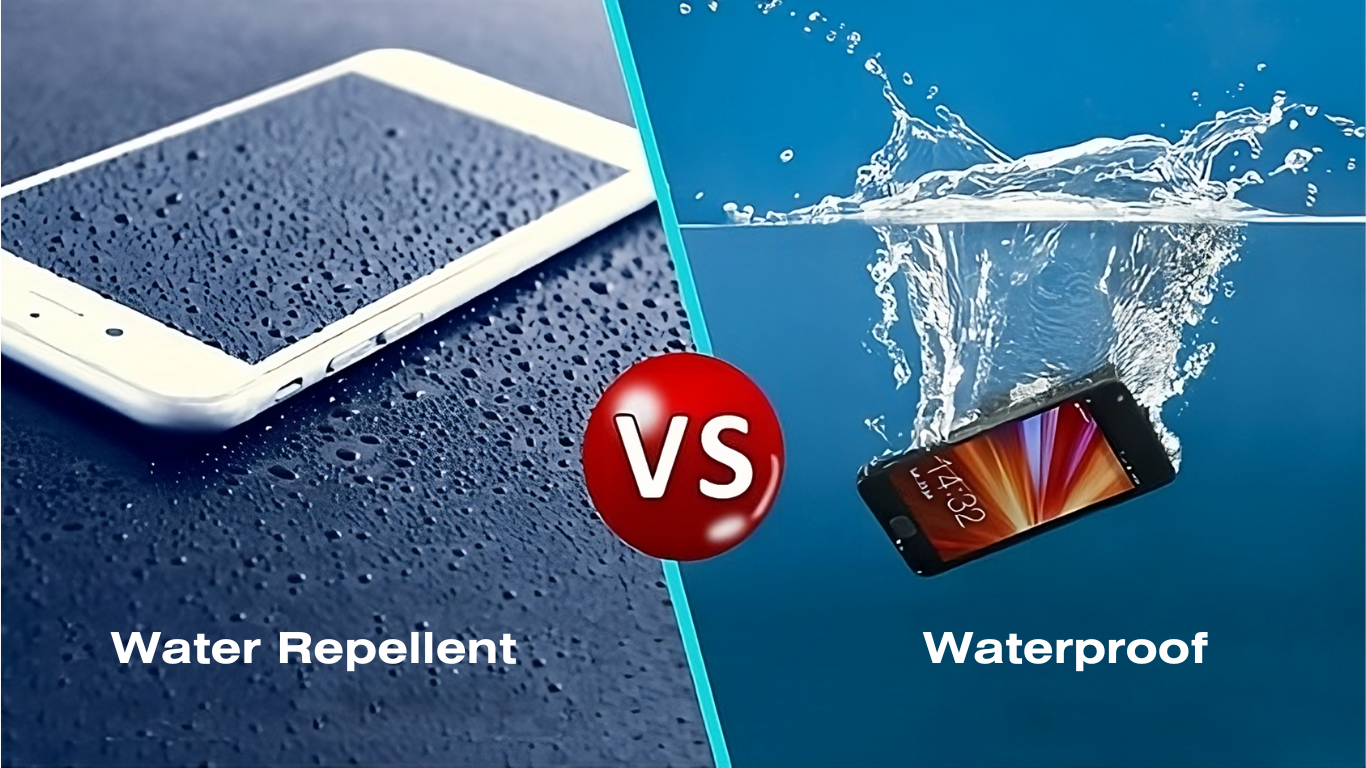
Waterproofing Solution v/s Water Repellent Solution: Making the Right Choice for Your Home
In the realm of construction and home maintenance, protecting your living space from the damaging effects of water is of utmost importance. Two terms that often come up in this context are “waterproofing solution” and “water-repellent solution.” While they may sound similar, they have distinct purposes and functions. In this blog, we’ll delve into the meanings of these terms, explore what each solution does, highlight the differences between them, and emphasize the superiority of waterproofing solutions in ensuring a truly waterproof and damp-proof home.
Understanding the Terminology
Before we dive into the details, let’s clarify what each term means:
What is a Waterproofing Solution?
Waterproofing solutions are an essential part of construction and building maintenance, especially in areas where water intrusion could cause significant damage. These solutions are engineered to create a robust barrier that prevents water from penetrating surfaces. This barrier is usually formed using specialized materials, coatings, or membranes that effectively seal off the surface from any water infiltration.
The primary goal of waterproofing solutions is to ensure that water cannot pass through the treated surfaces, which is crucial for areas exposed to heavy moisture, high humidity, or direct water contact. Examples of areas that benefit from waterproofing solutions include basements, rooftops, bathrooms, balconies, foundation walls and more. These areas are particularly vulnerable to water damage, such as leaks, seepage, and mould growth.
Waterproofing solutions are a proactive approach to maintaining the structural integrity of buildings and preventing water-related issues that could compromise the safety, comfort, and longevity of a home.
What is a Water Repellent Solution?
Water-repellent solutions, while related to waterproofing, serve a different purpose. Instead of creating an impermeable barrier, these solutions are designed to modify the surface properties of materials to reduce their water absorption. When applied to a surface, a water-repellent solution causes water to form droplets and roll off the surface, rather than being absorbed.
The primary function of water-repellent solutions is to enhance the material’s resistance to moisture without completely sealing it off from water. This can be useful in scenarios where a certain degree of water resistance is needed, but full waterproofing is not required. Exterior walls, wooden surfaces, fabrics, and outdoor furniture are common examples of areas where water-repellent solutions can be applied to provide protection against occasional moisture exposure.
How Waterproofing and Water Repellent Solution Functions
Working Principle of Waterproofing Solutions
Waterproofing solutions play a critical role in preventing water intrusion that could lead to extensive damage over time. By forming an impermeable barrier, these solutions effectively block water from entering the protected area. This is crucial in regions with heavy rainfall, flood-prone areas, and locations where water exposure is persistent.
For instance, in a basement, a waterproofing solution would be applied to the walls and floors to prevent groundwater from seeping in. On a rooftop, waterproofing solutions create a barrier that prevents rainwater from infiltrating the building’s interior. In bathrooms, waterproofing solutions safeguard against leaks and seepage, thus preventing mould growth and structural deterioration.
Working Principle of Water Repellent Solutions
Water-repellent solutions focus on altering the way water interacts with surfaces. They work by reducing the surface tension of the material, causing water to bead up and slide off rather than being absorbed. This is particularly useful for surfaces that are exposed to occasional or light moisture but do not require complete waterproofing.
For example, when water-repellent solutions are applied to exterior walls, they help shed rainwater, preventing it from soaking into the walls and potentially causing damage. Applying a water-repellent solution to outdoor furniture can extend its lifespan by reducing the effects of dew and rain exposure.
Key Differences between Waterproofing and Water Repellent Solutions
Level of Protection
The most significant distinction between waterproofing and water-repellent solutions lies in the level of protection they provide. Waterproofing solutions offer comprehensive protection by creating an impenetrable barrier, preventing any water intrusion. In contrast, water-repellent solutions offer a degree of resistance but do not entirely prevent water from entering surfaces.
Purpose and Applications
Waterproofing solutions are a necessity in areas where the consequences of water infiltration can be severe, such as potential structural damage, health hazards, and costly repairs. They are suitable for spaces with continuous or heavy water exposure.
Water-repellent solutions are more suited for situations where complete waterproofing is unnecessary but improved moisture resistance is desired. They are commonly used in areas where occasional or light moisture exposure is expected and can help prolong the lifespan of materials.
Examples of Waterproofing and Water Repellant Solution
Waterproofing Solution Example: Sturdflex products are known for their advanced waterproofing capabilities. These solutions are often used in basements, rooftops, and foundation walls to create a fully sealed barrier against water penetration.
Water Repellent Solution Example: Waterproofing paints are a common water-repellent solution. They are applied to exterior walls to provide some degree of moisture resistance while allowing the surface to breathe.
Why Waterproofing Solutions are superior – when it comes to waterproofing homes?
When it comes to ensuring a truly waterproof and damp-proof home, waterproofing solutions hold a clear advantage. While water-repellent solutions can be effective in certain scenarios, they fall short in situations where comprehensive protection is required. Waterproofing solutions create an unyielding barrier against water, preventing any form of infiltration that could lead to severe structural issues and health hazards like mould growth.
Denouement
In the battle between waterproofing and water-repellent solutions, the winner depends on your specific needs. However, for comprehensive protection against water-related damage and long-lasting structural integrity, waterproofing solutions like Sturdflex products stand out as the superior choice. Prioritizing thorough waterproofing efforts can save you from expensive repairs, maintain your property’s value, and ensure a comfortable, dry, and secure living environment.
